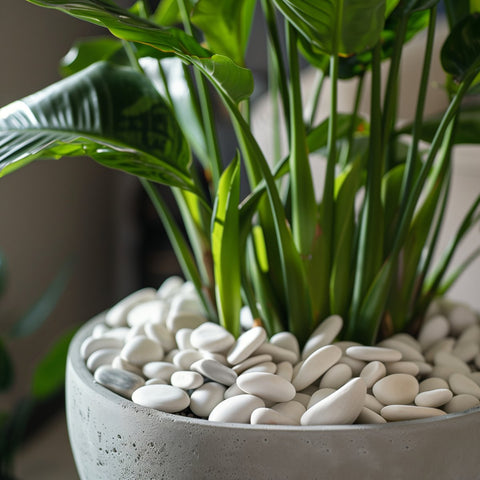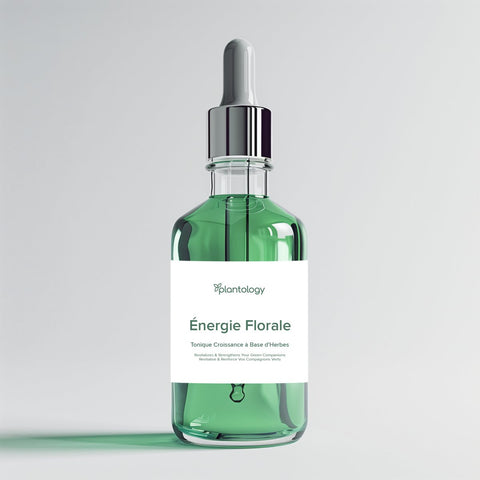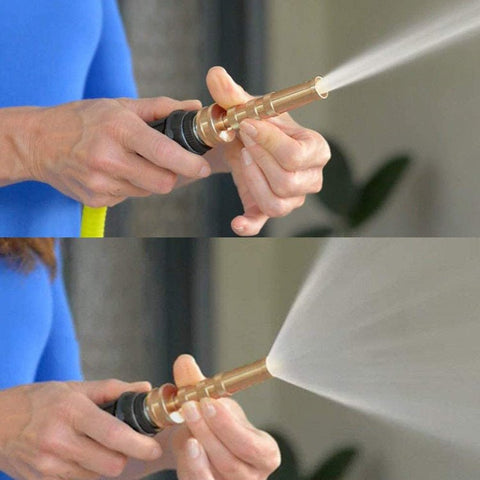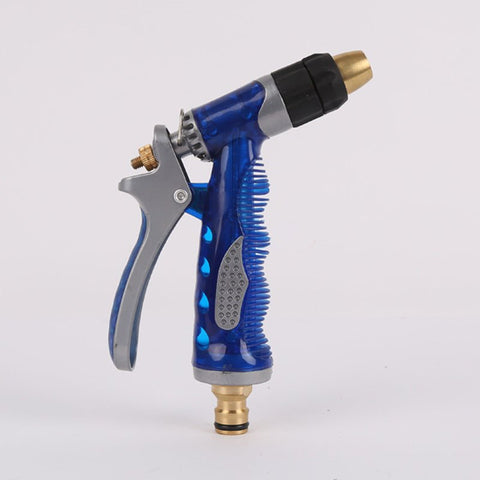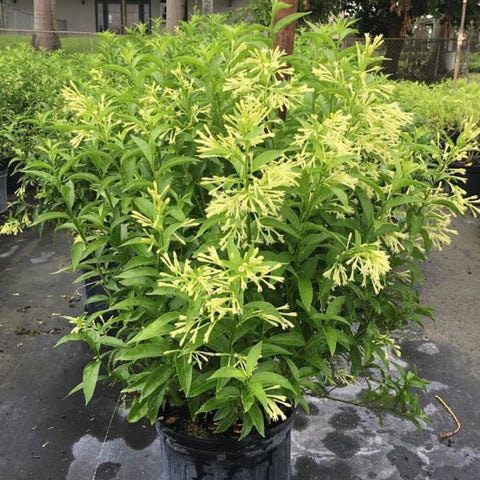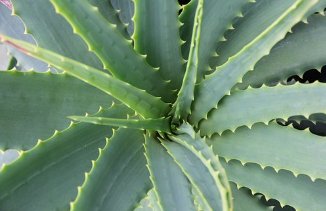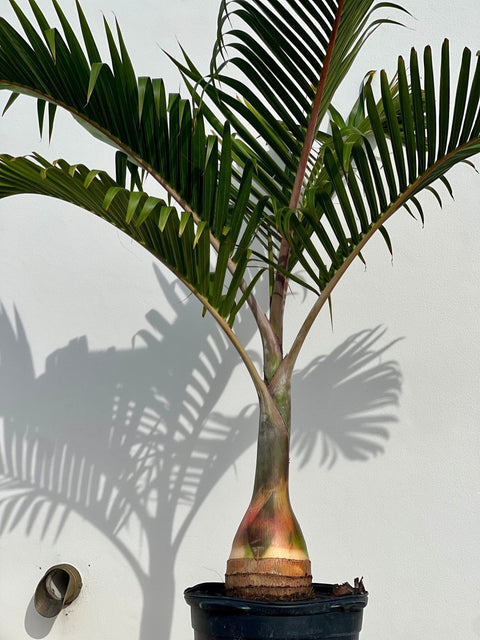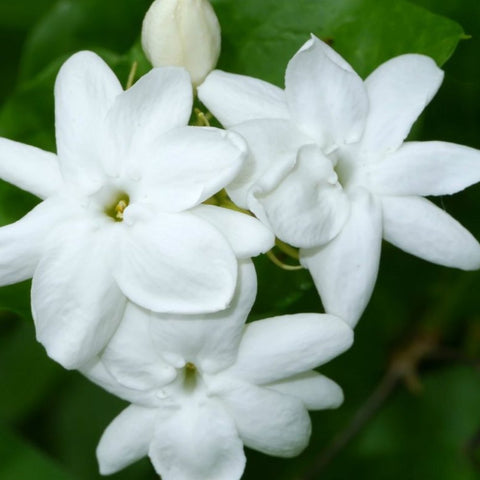Dieffenbachia Cougar: A Striking Addition to Your Indoor Space
Dieffenbachia Cougar, commonly known as Leopard Lily, is a captivating tropical plant that can enhance the aesthetics of your indoor spaces. Characterized by its distinctive spotted leaves, this Dieffenbachia variety is an excellent choice for those looking to bring a touch of nature into their homes. Here's everything you need to know about growing and caring for Dieffenbachia Cougar.
How to Grow
Dieffenbachia Cougar thrives in indoor environments with moderate temperatures and prefers well-draining soil. It typically reaches a height of 3 to 6 feet. This plant is well-suited for containers and can be placed in locations with bright, indirect light. Allow the soil to dry out slightly between watering, and fertilize the plant during the growing season to support its lush foliage.
Care Tips
Ensuring the health of your Dieffenbachia Cougar involves regular pruning to remove any yellow or damaged leaves. This practice encourages new growth and maintains the plant's appearance. Keep the plant away from drafts and cold temperatures, as it prefers a warm and humid environment. Additionally, watch out for pests, particularly spider mites, and treat them promptly to prevent any infestations.
Uses
Dieffenbachia Cougar is an ideal choice for indoor spaces, including homes and offices, thanks to its attractive foliage. Its unique spotted pattern adds a decorative touch to any room. The plant is well-suited for containers and can be placed on tabletops or as a floor plant. The Dieffenbachia genus is known for its air-purifying qualities, contributing to a healthier indoor environment.
Planting Tips
When planting Dieffenbachia Cougar in a container, choose a well-draining potting mix. Ensure the container has drainage holes to prevent overwatering. Place the plant in an area with bright, indirect light, and avoid direct sunlight, which can scorch the leaves. Water the plant when the top inch of soil feels dry, and provide additional humidity if the indoor environment is dry.
Maintenance
Maintaining the vibrant appearance of Dieffenbachia Cougar involves regular pruning to remove any undesirable leaves. Fertilize the plant every 4-6 weeks during the growing season, following a balanced liquid fertilizer. Protect the plant from drafts and cold temperatures, as it thrives in warm and humid conditions. Vigilance against pests is crucial, and prompt action will help keep your Dieffenbachia Cougar healthy and thriving.
Frequently asked questions
Dieffenbachia Cougar, also known as Leopard Lily, is a popular houseplant known for its striking foliage. To ensure optimal growth, it is essential to provide the plant with the right nutrients. Here are some cost-effective ways to fertilize Dieffenbachia Cougar for optimal growth: 1. Use a balanced fertilizer: Choose a balanced, water-soluble fertilizer with equal parts nitrogen, phosphorus, and potassium (such as a 10-10-10 formula). This will provide essential nutrients for healthy growth and vibrant foliage. Fertilize your Dieffenbachia Cougar once a month during the growing season (spring and summer) at half the recommended strength. 2. Organic alternatives: If you prefer organic options, you can use compost or organic fertilizers such as fish emulsion or seaweed extract. These natural fertilizers provide nutrients to the plant while improving soil health. You can apply organic fertilizers every 4-6 weeks during the growing season for best results. In conclusion, fertilizing your Dieffenbachia Cougar with a balanced fertilizer and organic alternatives can promote optimal growth and vibrant foliage. Remember to follow the recommended dosage and schedule to avoid over-fertilization, which can harm the plant. With proper care and nutrition, your Leopard Lily will thrive and beautify your indoor space.
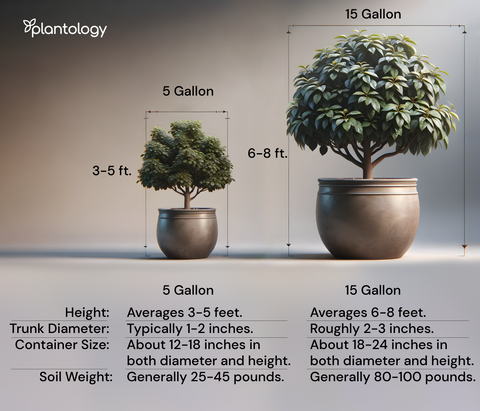
Free Shipping Over $150
Only $12 flat rate on orders under $150
Healthy Arrival Guarantee
Plants arrive healthy or we replace them free






